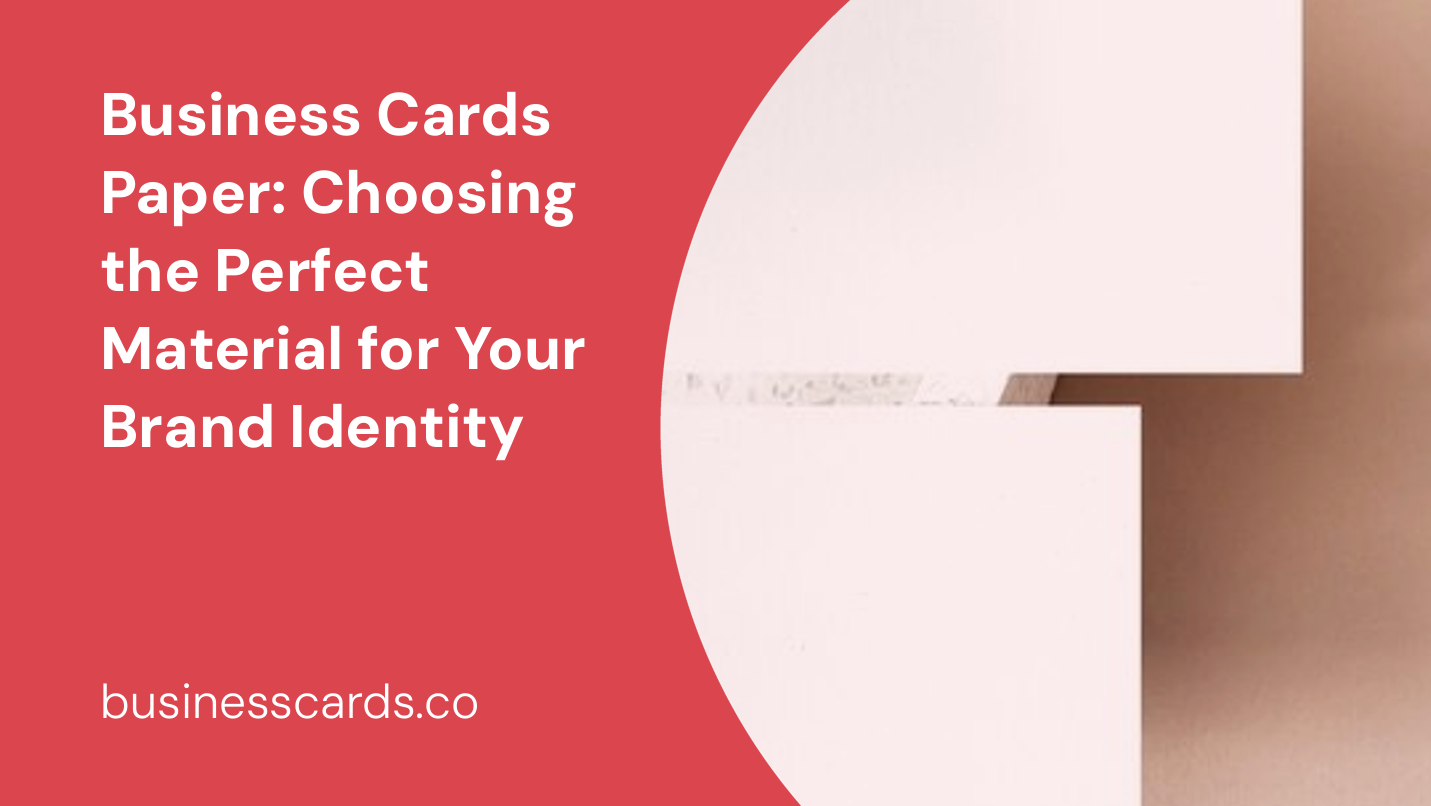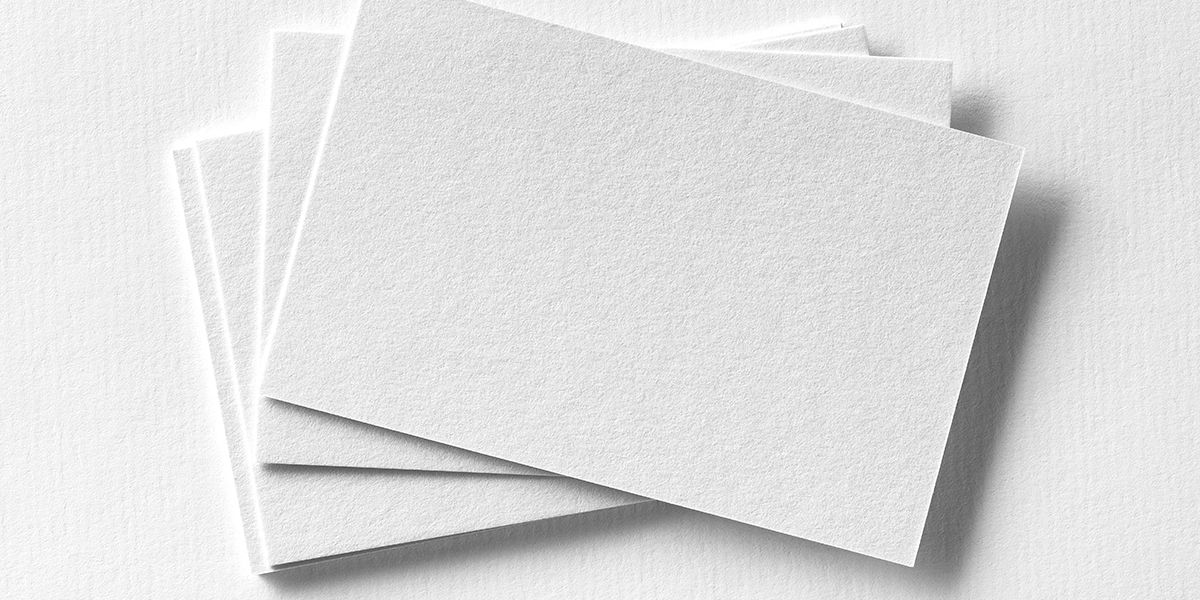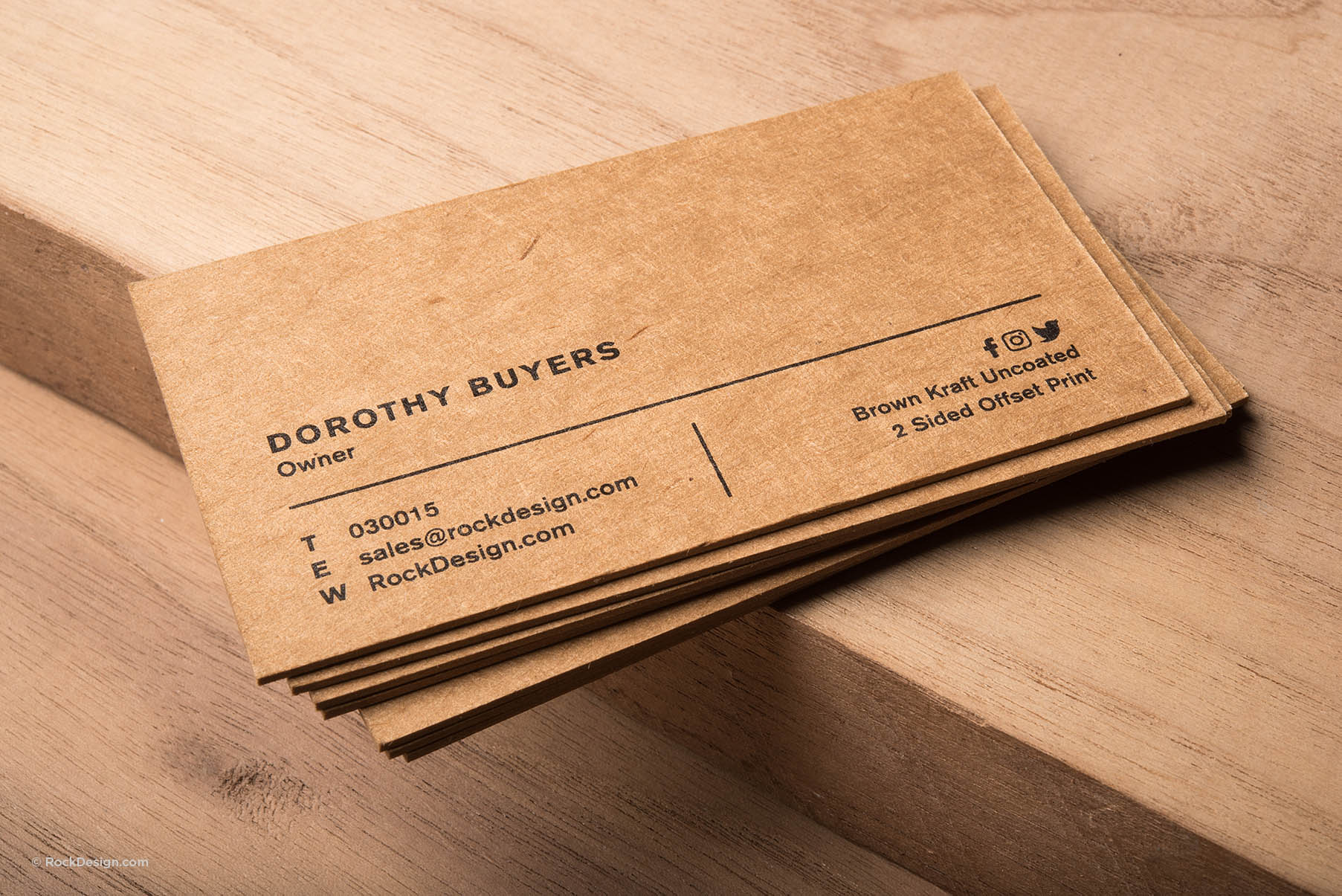
When it comes to networking and establishing your brand identity, a well-designed business card plays a crucial role. It serves as a tangible representation of your business and leaves a lasting impression on potential clients or partners. While the design and content of your business card are essential, the choice of paper can also make a significant impact. In this article, we will guide you through the different types of business cards paper available, helping you select the perfect material that aligns with your brand and effectively communicates your message.
Understanding the Importance of Business Cards in Today’s Digital Age

In an era dominated by technology and digital communication, the significance of business cards may seem diminished. However, these small pieces of paper still hold immense value when it comes to making personal connections and leaving a memorable impression.
While exchanging contact information digitally is convenient, it lacks the personal touch and can be easily forgotten. Business cards, on the other hand, provide a tangible expression of your brand personality, reinforcing your professional presence long after the initial interaction.
Factors to Consider When Choosing Business Card Paper

1. Thickness
The thickness of your business card paper is an important consideration. The standard thickness is usually around 12 to 14 points (equal to 0.012 to 0.014 inches) but can range from 10 to 18 points. Thicker cards tend to feel more substantial and convey a sense of quality. However, keep in mind that excessively thick cards may be more challenging to carry and store.
2. Texture
The texture of your business card paper can significantly impact its overall look and feel. Smooth, glossy finishes lend a modern and sleek appearance, while matte finishes provide a more elegant and professional touch. Textured paper, such as linen or felt, adds a unique tactile element that can make your card stand out from the crowd. Consider the impression you want to create when choosing the texture for your business card paper.
3. Coating
To enhance the durability and visual appeal of your business card, you can opt for different types of coatings. Here are a few common options:
- Glossy Coating: Adds a shiny finish that can make colors appear more vibrant and text more readable. It also provides a protective layer against scratches and moisture damage.
- Matte Coating: Offers a non-reflective, smooth finish that exudes sophistication and elegance. It reduces glare and smudges, making it ideal for cards with a lot of text.
- Uncoated: This type of paper has no additional coating or finish. It provides a natural, raw feel and is suitable for designs that prioritize a minimalist, organic aesthetic.
4. Color
The color of your business card paper can greatly impact the visual appeal and overall impression it creates. While white remains the most popular choice, you can explore various shades and tints to find the perfect match for your brand.
Consider the contrast between the color of your paper and the design elements, such as text and images. A high contrast between the background color and the content can enhance readability and draw attention to your key information.
5. Sustainability
In today’s environmentally conscious world, sustainability plays a crucial role in decision-making across industries. If maintaining an eco-friendly approach aligns with your brand values, consider choosing business card paper made from recycled materials or certified sustainable sources. This choice not only demonstrates your commitment to the environment but also resonates with like-minded individuals and businesses.
Exploring Different Types of Business Card Paper
Now that we have covered the essential factors to consider, let’s dive into the different types of business card paper available.
1. Standard Cardstock
Standard cardstock is a widely used business card paper option. It offers an ideal balance between thickness, durability, and cost-effectiveness. This type of paper is available in a range of weights, textures, and finishes, making it a versatile choice for various design needs. It provides a professional look and feel, making it suitable for a wide range of industries and brand aesthetics.
2. Recycled Paper
Choosing recycled paper for your business cards not only reduces your environmental footprint but also sends a positive message about your brand’s commitment to sustainability. Recycled paper is available in various textures and finishes, offering a unique blend of eco-friendliness and visual appeal.
3. Specialty Paper
For those looking to create a memorable impression, specialty papers offer a wide range of options to elevate your business card design. These papers can include metallic finishes, textured surfaces, or even unconventional materials such as wood or fabric. Specialty paper can help your business card stand out and leave a lasting impression on recipients, making it particularly suitable for creative industries or unique branding approaches.
4. Plastic or PVC
Although not strictly paper, plastic or PVC business cards offer a durable and water-resistant alternative to traditional cardstock. They are more robust and less prone to wear and tear, making them suitable for industries where frequent handling or exposure to the elements is expected, such as hospitality or construction.
However, it’s essential to keep in mind that plastic or PVC cards may not align with environmentally conscious branding or appeal to recipients who prefer more traditional materials.
Conclusion: Finding the Right Business Card Paper for Your Brand

Choosing the right business card paper is an important decision that can significantly influence how your brand is perceived. By considering factors such as thickness, texture, coating, color, and sustainability, you can select a material that aligns with your brand identity and leaves a lasting impression on recipients.
Whether you opt for standard cardstock, recycled paper, specialty paper, or even plastic, the key is to strike a balance between design, functionality, and brand values. Remember, a business card is not merely a piece of paper; it’s an embodiment of your brand personality and a powerful tool for making connections.
So, go ahead and explore the diverse options available, experiment with different materials, and select the business card paper that best reflects your brand’s essence. With a well-crafted design and carefully chosen paper, your business cards will undoubtedly make a lasting impression that sets you apart from the competition.
William’s writing reflects a deep passion for graphic design and marketing. With a background in the visual arts, he adds a unique perspective to his content. In his spare time, William enjoys visiting art galleries and seeking out the latest design trends.